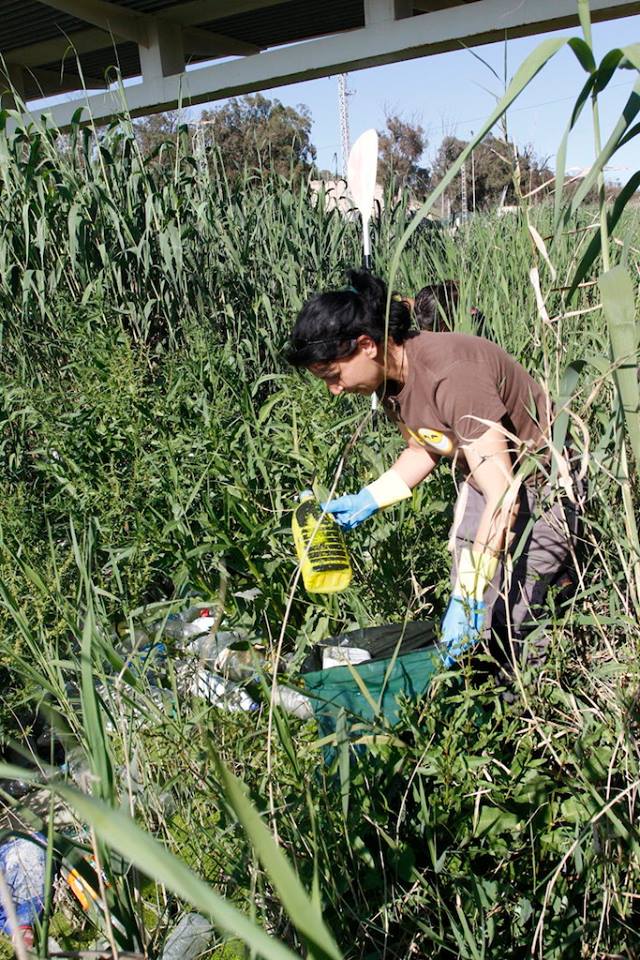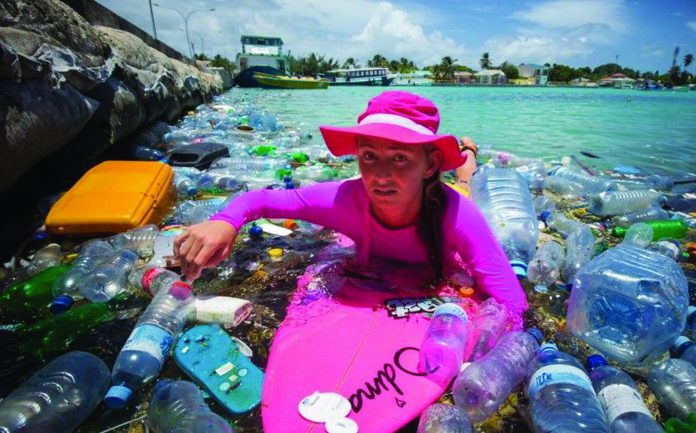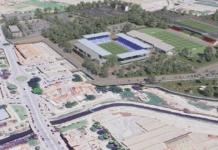According to Friends of the Wetlands of South Alicante, the sandy beaches next to the mouth of the Rio Segura contain up to 3,000 pieces of plastic per square metre, which have been accumulating for over a decade, while the Consell, CHS and municipalities have “looked the other way.”
Lots of bright colors, thousands of different shapes, like the sand itself. A layer of micro plastics stretching along the beach, now part of the daily landscape of our coastline and a reflection of the end of the throwaway journey that contains our supermarket lives.
In one simple search you can find 3,200 fragments in a single square metre. Just by counting the micro fragments, stoppers, straws, parts of bags, bottles, a multitude of objects, all made of plastic.
A lot of the plastic waste is found on the beach of Els Tossals, just north of the mouth of the Segura River, onto which tons of such waste and packaging remains arrive every year. Not only does it disfigure the landscape, the plastic also affects the trophic chain, the feeding and nutrition, of fish and birds in the sea and on the beach.
They waste flows through the old channel, through the hazards of the traditional irrigation system – despite the retention barrier which runs in parallel when the river floods, as it did a few days ago.

The erosion of the sea turns the water or soft drinks bottles into this multi-coloured mosaic that infiltrates this unique, wild beach, habitat of many vulnerable species, and which become isolated between the sea, the pine forest and the dunes.
Sergio Arroyo, spokesman for Friends of the Wetlands of the South of Alicante (AHSA), explains that the plastic tide – floating solids in administrative terminology – began about eight or nine years ago. Initially much of it was agricultural waste. “But in recent years the use of plastic has become even more widespread, especially since we stopped drinking tap water.” Now it has become a landfill at the mouth of the Segura in Guardamar
It is not only aesthetic environmental pollution, which is most annoying, it is also the fact that it is toxic and it can now so easily became a public health problem. “Whether that is in the long or short term, we do not know,” says recalls Arroyo. In order to manufacture the containers, up to 200 additives are used.
Manufacturers themselves recommend that consumers do not reuse bottles, he says. Plastic degrades and can be harmful to health. “The town councils are responsible for the collection of this waste from the areas through which the river passes, but they continue to look the other way, along with the Generalitat and the Hydrographic Confederation (CHS).
It is only by opening a debate on this environmental plague, and by making denunciations before the European Union’s petitions committee, that we are now making these administrations begin to “move”.
The first reaction of the CHS was to accuse the traditional farmers, but most of this rubbish is domestic, from the Vega Baja and upstream from Orihuela and from the city of Murcia. The only way to stop this pollutant layer is to ensure that the waste does not end up in the river. Automatic grids have been used for years in other irrigation areas such as farmer’s field, and now need to be installed in the Vega Baja. But municipalities must still be legally responsible for removing the containers and plastics that trap.





